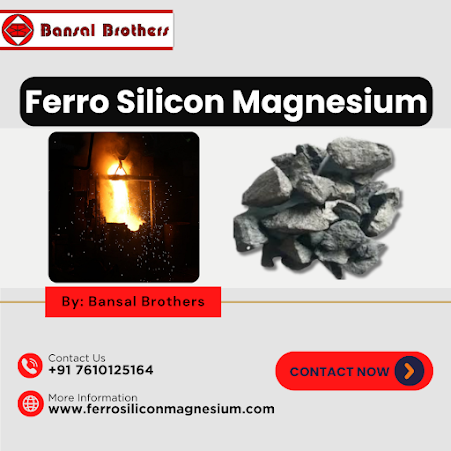Why High Recovery of Ferro Silicon Magnesium Relies on Quality Magnesium Cored Wire Feeders.

In modern metallurgy, the demand for high-quality ferroalloys like ferro silicon magnesium (FeSiMg) is essential, especially in producing high-strength, corrosion-resistant alloys. One of the significant factors that enhance the quality and recovery rates of FeSiMg is the use of a high-quality magnesium cored wire feeder. This article explores how magnesium wire feeders contribute to the high recovery for ferro silicon magnesium and why investing in premium feeders is a strategic advantage for manufacturers. What is Ferro Silicon Magnesium? Ferro silicon magnesium is an alloy of iron, silicon, and magnesium that plays a vital role in foundry processes, especially in the production of ductile iron. Its inclusion in metal alloys enhances durability, elasticity, and overall strength, making it highly sought after in industries like automotive, construction, and heavy machinery. Achieving optimal recovery of FeSiMg in the alloying process is crucial because it directly impacts the quality...

